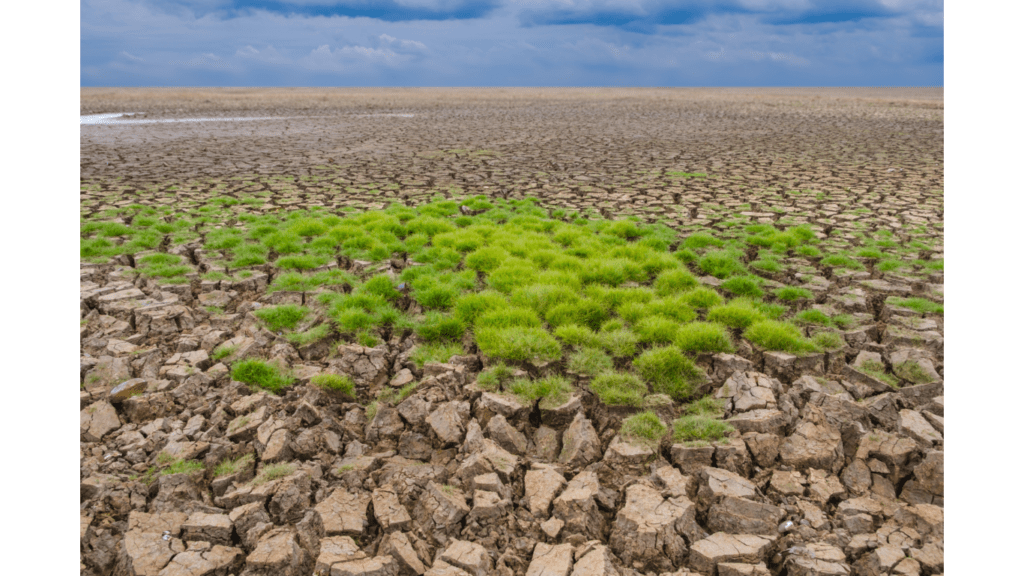Understanding Climate Change
1. The Greenhouse Gas Effect
Exploring the Greenhouse Gas Effect is crucial to understanding the mechanisms behind rising temperatures. Greenhouse gases like carbon dioxide and methane trap heat in the Earth’s atmosphere, leading to a warming effect. As these gases increase due to human activities such as burning fossil fuels and deforestation, more heat is trapped, contributing to global temperature rise.2. Historical Data on Global Temperatures
Studying historical data on global temperatures provides valuable insights into the trends and patterns of temperature changes over time. Scientists analyze data from ice cores, tree rings, and historical records to reconstruct past climates. This data reveals a clear correlation between human industrial activities and the unprecedented spike in temperatures since the Industrial Revolution. By looking at historical trends, we can better understand the impact of human actions on our climate’s trajectory.The Latest Scientific Findings
Rising CO2 Levels and Temperature Correlation
- Studying the latest scientific findings reveals a robust correlation between rising CO2 levels and increasing global temperatures. Researchers have meticulously analyzed data from ice cores and tree rings to track historical CO2 concentrations alongside temperature variations. The evidence unequivocally showcases a consistent pattern where elevated CO2 levels align with spikes in temperature. This direct correlation underscores the significant role of greenhouse gases, particularly CO2, in driving the planet’s warming trend.
The Role of Human Activity
- Recent scientific studies unequivocally attribute the unprecedented rise in global temperatures to human activities. Through advanced climate models and observational data, researchers have quantified the substantial impact of activities like burning fossil fuels, deforestation, and industrial processes on exacerbating the greenhouse effect. These findings offer concrete proof that human actions are the primary drivers behind the accelerated climate change and associated temperature increases. Understanding and acknowledging this pivotal role is essential for formulating effective mitigation strategies.
Climate Models and Predictions
Projections of Future Temperatures
- Climate models play a crucial role in predicting future temperatures based on various scenarios. By simulating the Earth’s climate system, scientists can forecast potential temperature changes under different conditions. These models consider factors such as greenhouse gas emissions, solar radiation, and volcanic activity to project how temperatures might evolve in the coming years.
Critical Thresholds and Tipping Points
- Understanding critical thresholds and tipping points is essential in climate science. These points signify levels beyond which irreversible and significant changes occur in the climate system. For instance, surpassing certain temperature thresholds could trigger feedback loops that accelerate global warming, leading to catastrophic consequences like ice melt and sea-level rise. Identifying and monitoring these tipping points is crucial for mitigating the impacts of climate change.
Impacts of Rising Temperatures
Effects on Ecosystems and Biodiversity
Rising temperatures have significant effects on ecosystems and biodiversity worldwide. As the climate warms, many species face challenges in adapting to the changing conditions. For example, shifts in temperature can alter the habitats of plants and animals, leading to changes in their distribution and abundance. This disruption can have cascading effects throughout the ecosystem, impacting species interactions, food availability, and overall biodiversity.Risks to Human Health and Livelihoods

The increasing temperatures associated with climate change pose various risks to human health and livelihoods. Heatwaves become more frequent and intense, increasing the risk of heat-related illnesses and deaths among vulnerable populations. Additionally, rising temperatures can exacerbate air pollution and respiratory conditions, leading to more health problems. From agricultural challenges due to changing growing seasons to increased risks of natural disasters like hurricanes and droughts, the impacts of rising temperatures are far-reaching and can have significant implications for human well-being and economic stability.
Mitigation and Adaptation Strategies
Advancements in Renewable Energy
- In the efforts to combat climate change, advancements in renewable energy play a crucial role. Solar and wind power are rapidly expanding sources of clean energy that help reduce greenhouse gas emissions. Solar energy harnesses the power of the sun through photovoltaic cells, while wind energy converts wind power into electricity using turbines. These renewable energy sources are sustainable and have significantly lower environmental impacts compared to fossil fuels.
- Investments in renewable energy technologies have been steadily increasing, driving down costs and improving efficiency. The growing affordability of solar panels and wind turbines has led to their widespread deployment worldwide. Transitioning to renewable energy not only mitigates climate change by reducing carbon emissions but also promotes energy independence and creates new job opportunities in the green economy.
Policy Measures and Global Agreements
- Governments play a vital role in addressing climate change through policy measures and global agreements. The Paris Agreement, adopted in 2015 by 196 countries, aims to limit global warming to well below 2 degrees Celsius above pre-industrial levels. This international treaty emphasizes the need for countries to set emissions reduction targets and regularly report on their progress towards meeting these goals.
- Carbon pricing mechanisms, such as carbon taxes and cap-and-trade systems, incentivize industries to reduce emissions by putting a price on carbon pollution. Regulations on vehicle emissions, energy efficiency standards, and renewable energy mandates are examples of policy tools used to mitigate climate change and promote sustainability.
- Collaborative efforts among nations are essential to effectively combat climate change. By engaging in global agreements and implementing ambitious policies, countries can work together to reduce greenhouse gas emissions, adapt to the impacts of climate change, and build a more sustainable future for the planet.



